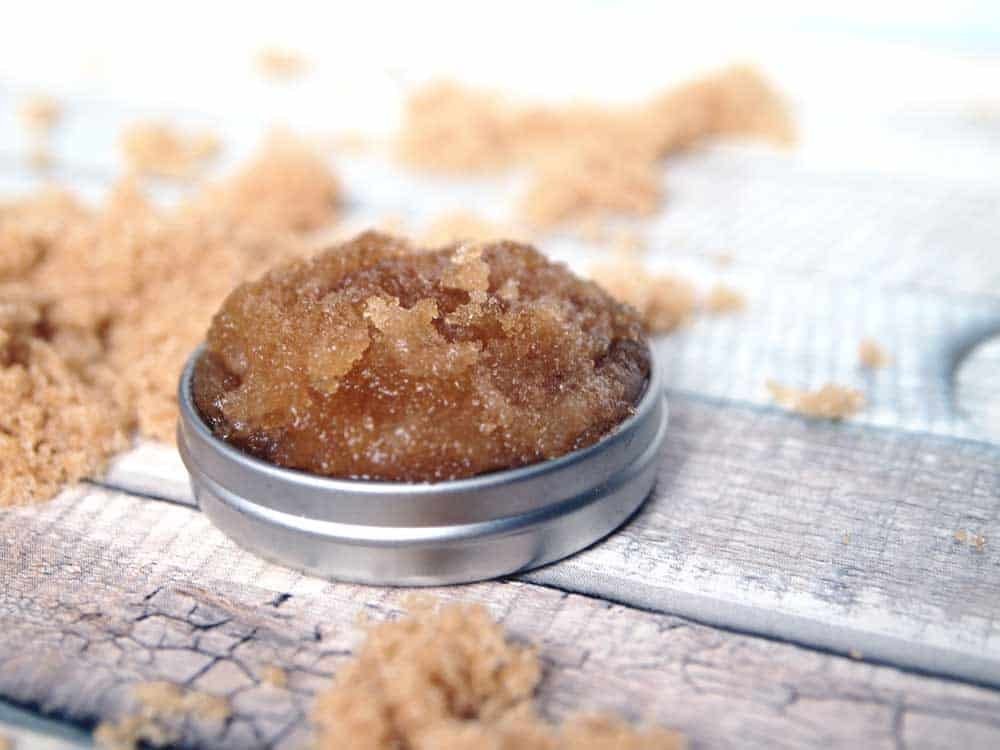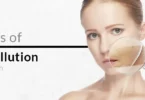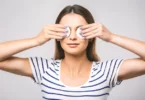Honestly, there are days I could go without my daily facial skincare; I might just make do with just face wash or none at all. But I never leave my lips without care.
Not a day goes by without me devoting my time to scrubbing my lip while brushing and applying a moisturizing lip balm after a bath or at intervals.
I can’t bear the feeling of having dry, chapped lips. And as we look forward to celebrating national lip day soon, I will be sharing some personal and science-backed tips for getting a healthy and beautiful lip.

Lip Care Routine
Have you ever been perplexed about why your lips tend to chap and crack despite having oily skin?
Well, Our lips are more likely to become chapped and cracked during the winter when it’s dry and cold outside or when we don’t moisturize properly. However, extreme heat or wind can also trigger chapping or lip inflammation.
A board-certified dermatologist in California, Dr. Nina [1] Desai, MD, explains while you might instinctively lick your lips to keep them moisturized, doing so actually leads to more dryness
Additionally, frequent licking of the lips can also cause yeast to build up on the lips, Some people tend to use saliva or their tongues on their chapped lips – This habit may lead to a health condition known as angular cheilitis or painful inflammation at the corners of the lips.
Here are a few simple tips for getting the healthy, soft, and glowing lips you desire.
1. Exfoliate Daily!
As strange as it might sound to some people, you can and should exfoliate your lips daily! I remember some time ago, my eldest brother had a sugar lip scrub he used every morning on his lips – I was astonished by that act (before then I used my toothbrush and paste to keep my lips clean), I decided to check it up and voila! I got initiated into the act.
Exfoliating the lips can help remove some dry, flaking skin that builds up and restores the glow, softness, and smoothness that we desire.
You can also exfoliate your lip 2-3 times a week, this should be based on personal preference.
How to use a scrub on the lips
- Apply a small amount of exfoliating scrub to your fingertips.
- Gently rub over the lips in small circular motions for no more than 30 seconds.
- Leave mixture on lips for 10 minutes, allowing the nourishing oils to soak in.
- Rinse with warm water.
- Pat skin dry with a clean towel.
- Apply a protective balm to lock in moisture and soothe lips.
Check how to do an effective DIY lip scrub at home here
2. Hydrate
Unlike the rest of the skin in our other body areas, the lips tend to dry out and become easily chapped since they do not contain oil glands.
However, drinking a lot of can water help keep your lips from drying out, and avoid licking your lips. Also, moisturize your lips very often.
“Any time your lips feel dry is an appropriate time to use a lip balm,” Friedler says. Here’s how:
- Use a lip balm applicator or your pinky fingers to apply moisturizing balm generously over your lips, including at the corners.
- If you are an outdoor person who spends tons of time outside and your lip moisturizer doesn’t contain sunscreen, ensure you follow up with an SPF 30+ lip balm.
- Continuous application of your lip balm at regular intervals throughout the day. Dr. Desai recommends using a hydrating lip product 2–4 times per day. You may need to use more if you have very dry lips or eczema.
Lastly, use a good lip balm product suited for your skin.
Suited Lip care for men
Although, it doesn’t matter what your gender is. If you have lips, they need care. You can follow the same steps and expert tips to caring for your pout no matter how you identify.
Products to look out for
Citing Dr. Desai, ointments are more effective at sealing in moisture than balms. She likes the following ingredients:
- white petrolatum
- lanolin
- shea butter
- beeswax
- glycerin
- ceramides
The American Academy of [2] Dermatology also recommends skipping the following ingredients if your lips are already chapped:
- lanolin
- octinoxate
- oxybenzone
- phenol (or phenyl)
- propyl gallate
- salicylic acid
- perfumes and flavors
Disclaimer: The above information published in this article is solely for informational and educational purposes only. The article written/published does not intend to diagnose, treat or cure any disease and should not be treated as medical advice. Seek the direction of your doctor before any consumption!
Sharing is Caring!






